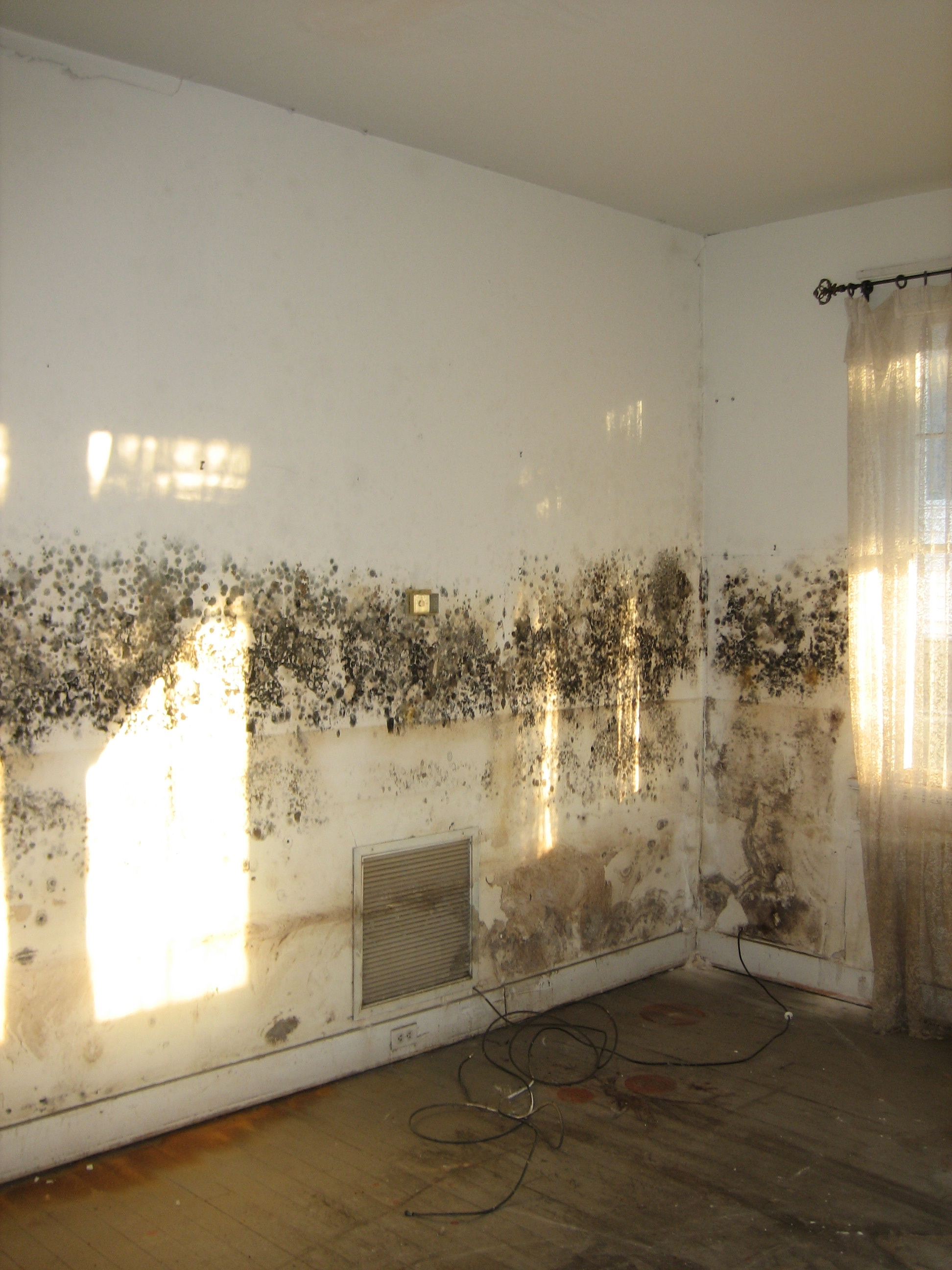Mold in house should be avoided. While it is impossible to get rid of all the mold and mold spores in your house, there are ways to reduce it and prevent its harmful effects. Mold in house should be regularly inspected and monitored.
Mold is a natural part of our environment as it helps to break down dead decaying matter such as the fallen leaves outside our house. But those molds inside the house can be very harmful. These molds can reproduce by releasing its spores in the air. As these spores float in the air, eventually they will find their way inside our houses. Invisible to our naked eye, these spores can attach themselves to almost everything. As mold can be found everywhere, both indoors and outdoors, we must keep our house mold free as much as possible.
Mold Can Be Helpful
Mold outside the house helps in decomposing dead leaves, woods and other plant debris. In this way, they are helpful. There are also some molds used in making antibacterial medicines like penicillin. There also some molds used in the food and beverage industry. These molds are produced and grown in a controlled setting. But mold in house is a big no – no.
The Risk of Indoor Mold
As long as there is moisture, mold in house can continue to grow. As moisture seeps through walls, floors, wood, and other materials, molds are able to survive in any surface. The damp environment will provide a good breeding ground for molds. Bathrooms, laundry rooms, kitchens and basements are best examples of damp places where molds would love to stay.
Mold in house can bring serious house problems. Having molds in places they should not be may give home owners a big headache. Mold in house can destroy the house itself. As molds attach themselves in your walls, it can leave stain marks and spots. Materials gets stained and discolored and overtime the materials would deteriorate.

For houses made of wood, mold infestation can cause physical damage on the house and eventually ruining the house. This is frustrating especially those in flood-prone areas. Aside from the discolorations, mold in house can give a musty smell which you cannot ignore.
Aside from material damages, mold in house can cause serious health problems. Molds in house can release chemicals and spores. These spores when inhaled can be cause mold allergy symptoms. These symptoms include coughing, sneezing, watery eyes and the like. Aside from allergic symptoms, mold in house can trigger asthma attacks. An asthma attack requires immediate attention before it may lead to several complications. There are several molds that can release mycotoxins which can be harmful to our body.
How to Control House Mold
There are several ways in reducing and controlling the mold in house. You can make use of a dehumidifier to dry out your house. Using a dehumidifier, you will deny molds from having the moisture they need to grow and multiply. There are also some commercially available mold removers in the market today. You can also use bleach – water solutions or baking soda – vinegar mixtures.